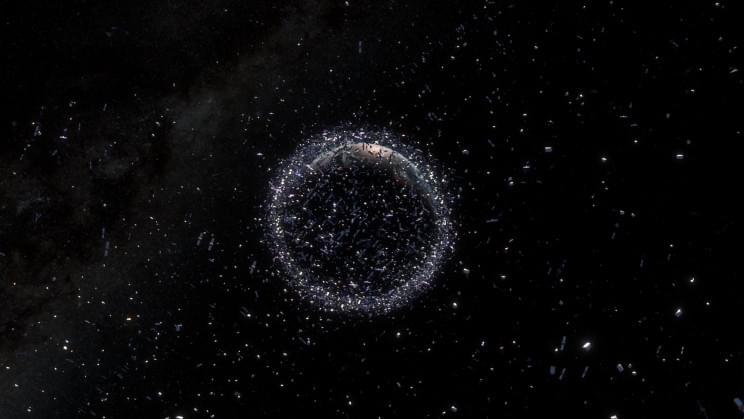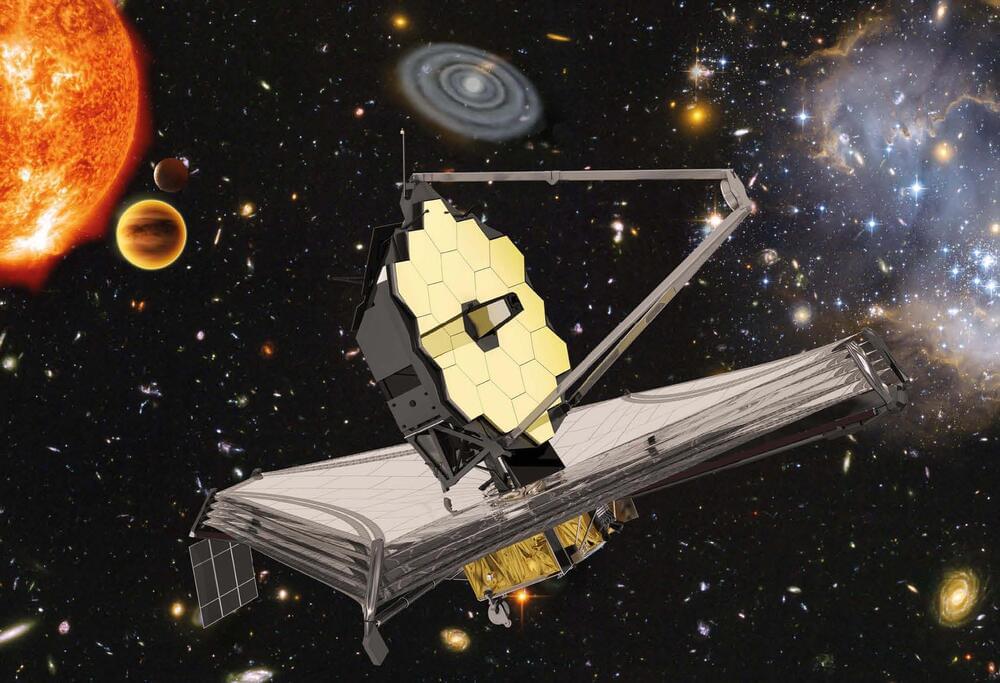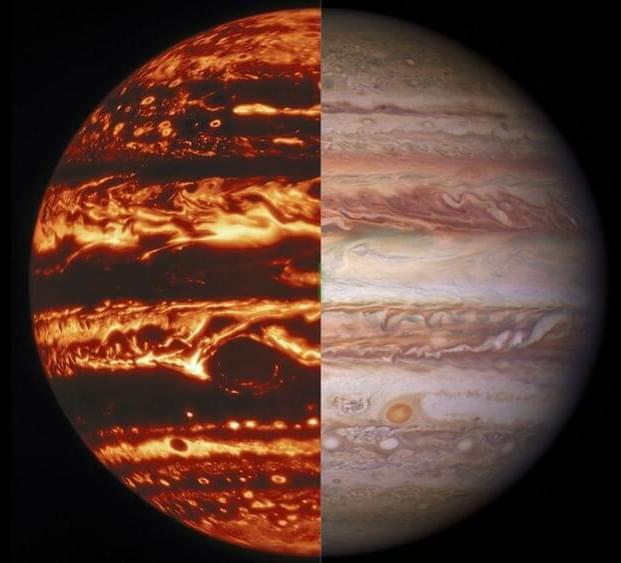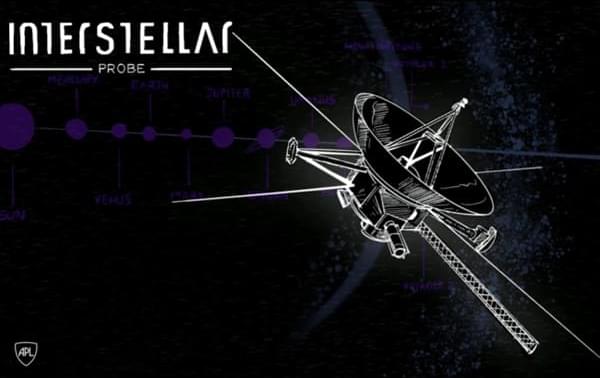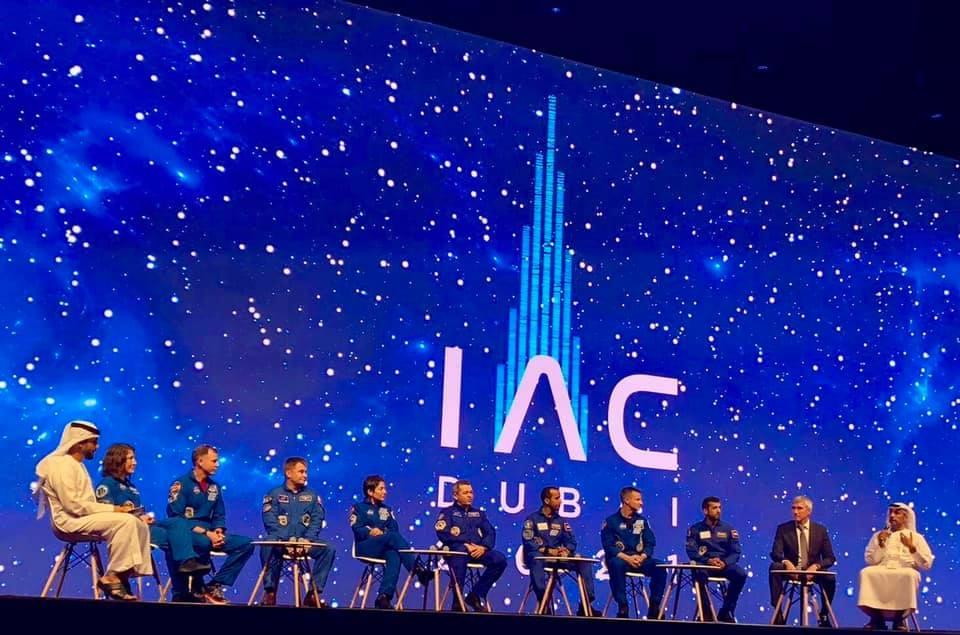It would travel faster and farther than any man-made object we’ve made thus far.
When the famous Voyager twin spacecraft left Earth in the 1970s, their mission was originally meant to last only five years. However, the plutonium-powered spacecraft were still going strong when they reached Jupiter and Saturn, so NASA engineers decided they would try a flyby of Uranus and Neptune. But, even after that, the spacecraft still kept going and going — and they’re still at it almost 50 years later. So much so that both probes made history by officially exiting the bubble-shaped region created by the sun’s wind, known as the heliosphere, crossing into interstellar space.
Although they’re 14 billion and 11 billion miles, respectively, away from Earth, Voyager 1 and Voyager 2 are continuing to provide invaluable scientific data. For instance, sensors on the spacecraft are recording important information about the composition and levels of the gas, dust, and radiation that fills interstellar space — which is anything but empty, contrary to popular belief. This wouldn’t have been possible without these two daring spacecraft.
However, the Voyager twins can’t go on forever. Scientists estimate that the last instruments onboard the spacecraft will shut down by 2031 at the latest, if some malfunction doesn’t happen before then. This is why NASA wants a replacement — and this time, this new interstellar mission will be designed to run for a long time from the get-go. In fact, scientists at the Johns Hopkins University Applied Physics Laboratory (APL) who have been tasked with designing the new mission, believe this Voyager successor could function for more than a century.

